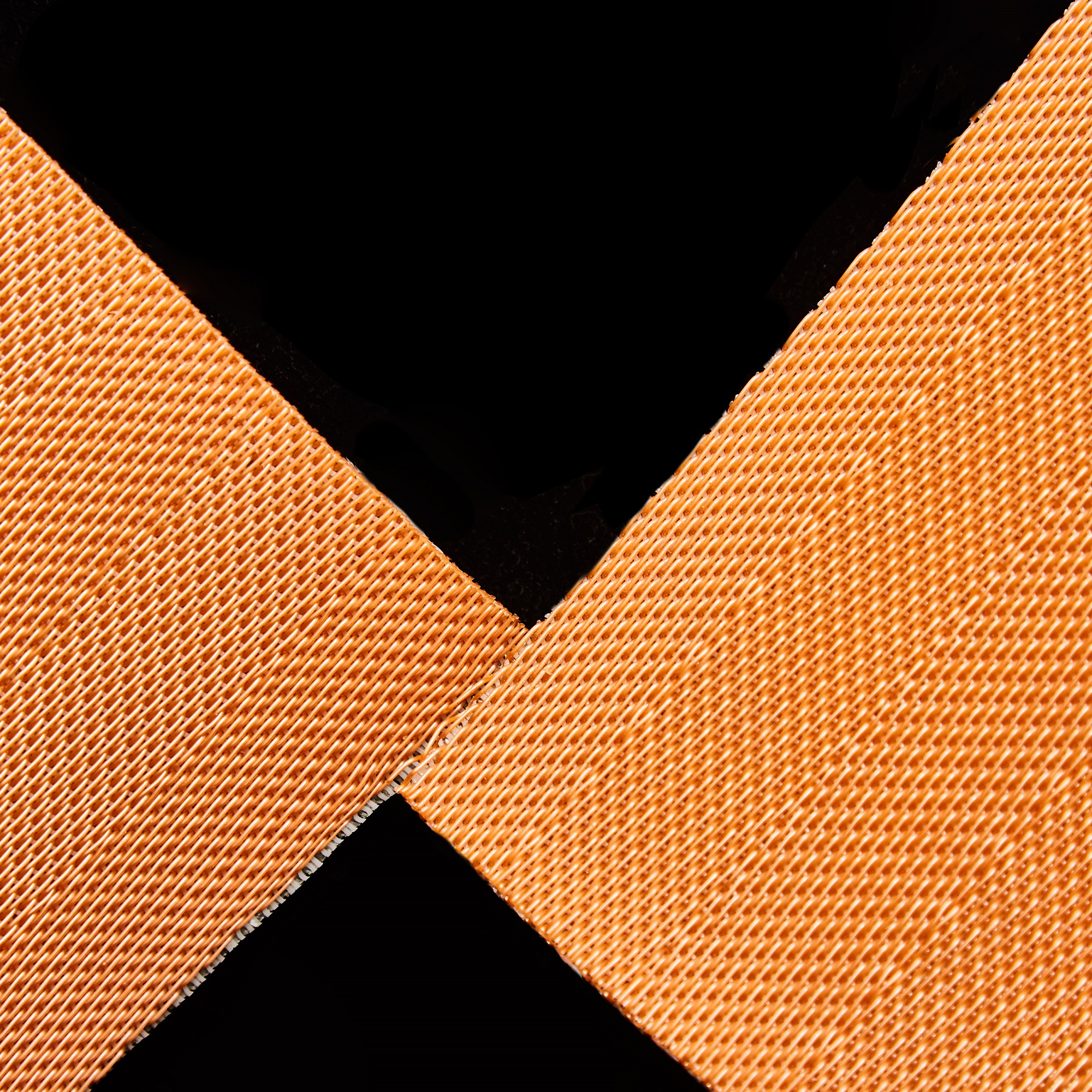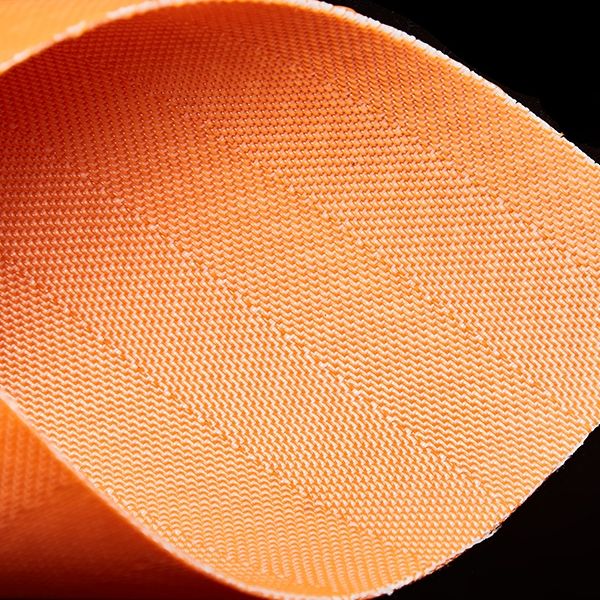Lösung von Entwässerungsproblemen: Wann Sie das Filtertuch Ihrer Bandfilterpresse aufrüsten sollten
Release time: 2025-11-21
Inhaltsverzeichnis
Belt filter presses are widely used in mining, chemical, food, and wastewater treatment industries for solid-liquid separation and dehydration. One of their core components—the filter cloth—directly affects dehydration efficiency and equipment performance. However, over long-term use, filter cloths may experience wear, clogging, or failure, leading to poor dehydration. Xurui will guide you through diagnosing dehydration problems with belt filter press cloths and when it’s time to consider upgrading them.
The Role of Belt Filter Press Cloths
Belt filter press cloths play a crucial role in solid-liquid separation. Their main function is to separate solid particles from liquids through their pore structure and surface characteristics. The material, thickness, and pore size of the filter cloth directly affect the filtration effect. High-quality belt filter press cloths can reduce liquid residue while ensuring effective dehydration of the filter cake, improving production efficiency.
However, with increased usage time, the performance of the filter cloth gradually declines, resulting in less effective dehydration. At this point, timely detection and filter cloth upgrades can effectively restore the equipment’s working condition.
Common Belt Filter Press Filter Cloth Problems
Poor Filtration Efficiency: If the filtrate is turbid or the filter cake has excessive moisture content when the belt filter press is processing materials, the filter cloth may be aging and unable to filter effectively. Common causes include surface contamination or pore blockage of the filter cloth.
Filter Cloth Blockage: During use, solid materials may accumulate on the surface of the belt filter press filter cloth, causing pore blockage and, in severe cases, affecting the filtration flow rate. This phenomenon typically occurs when processing fine particulate materials or oily sludge.
Severe Filter Cloth Wear: After prolonged use, the filter cloth surface will show obvious wear and damage, leading to a reduction in filtration accuracy. This is particularly common in mining or high-load operating environments.
Filter Cloth Tensile Deformation: If the tensile strength of the filter cloth is insufficient, it may deform or break after prolonged high pressure, affecting filtration efficiency and equipment stability.
When is it necessary to upgrade the belt filter press filter cloth?
Filter cloth aging or damage: When the filter cloth surface shows obvious cracks, wear, or breakage, it indicates that it has lost its original filtration performance. At this point, it’s time to replace the filter cloth with a more durable new type of polyester belt press filter cloth or polypropylene filter cloth.
Continuously declining filtration efficiency: If the dewatering effect consistently fails to meet requirements, the filtrate remains turbid, or the filter cake has excessively high moisture content, it indicates that the filter cloth pores are clogged or unable to effectively separate solids and liquids. In this case, upgrading to high-porosity belt filter press filter cloth or sludge-resistant filter cloth can effectively improve filtration efficiency.
Frequent cleaning cannot restore performance: Even after cleaning, the filter cloth’s filtration efficiency cannot be restored to its original level. This is usually because the filter cloth fibers are severely damaged and can no longer filter effectively. In this case, upgrading the filter cloth is the only solution.
Increased throughput or optimized process: If a company’s production needs increase, requiring a higher dewatering capacity or improved efficiency of the belt filter press, a more efficient, high-flow-rate belt filter press cloth can be selected to adapt to the higher workload.
How to choose the right belt filter press cloth?
When selecting new filter cloth, it is essential to consider the specific working environment and material characteristics. The following are important factors to consider when selecting belt filter press cloth:
Material selection: Choose the appropriate filter cloth material based on the characteristics of the material being processed. For example, polyester filter cloth is suitable for most neutral materials, while polypropylene filter cloth is suitable for high-temperature, high-acid/alkaline environments.
Pore structure: The pore size of the filter cloth affects the dewatering effect. For materials with larger particle sizes, choose abrasion-resistant belt filter press cloth with larger pores; while for fine materials or applications requiring higher filtration precision, choose a filter cloth with finer pores.
Corrosion and Abrasion Resistance: For highly corrosive environments such as chemical industries or mining, corrosion-resistant belt press filter cloths, such as polyester or PVC filter cloths, should be selected to extend their service life.
Tensile Strength and Tensile Capacity: The tensile strength of the filter cloth must meet the operating requirements of the belt filter press under high pressure to prevent breakage or deformation during operation.
Summary
The selection and maintenance of belt filter press filter cloths are crucial for ensuring dewatering efficiency and long-term stable operation of the equipment. By promptly identifying wear, clogging, or aging issues and selecting appropriate belt filter press filter cloth upgrade solutions, filtration efficiency can be effectively improved, equipment failures reduced, and operating costs lowered. If your filter cloths experience problems, do not delay; replace them as soon as possible to ensure smooth production.


